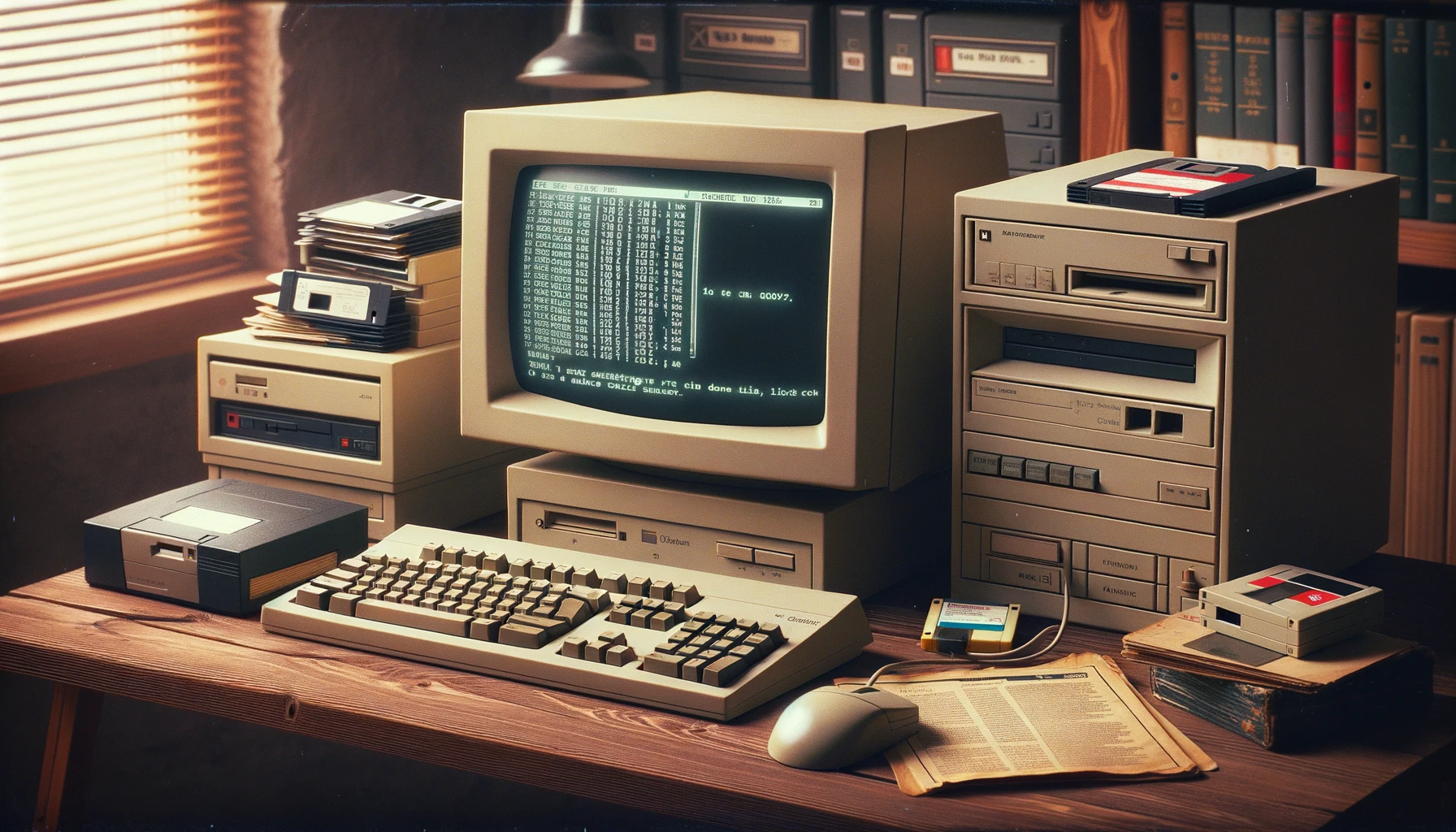From sending the first electronic message to the ubiquitous presence of Wi-Fi signals today, the internet’s evolution is a tale of innovation, collaboration, and a thirst for connection. Let’s embark on a journey through the digital corridors of time, exploring the history of the internet.
1. Humble Beginnings: ARPANET (1960s) The precursor to today’s internet, ARPANET (Advanced Research Projects Agency Network), was funded by the U.S. Department of Defense. In 1969, the first successful message transfer took place between computers at UCLA and Stanford Research Institute. This experiment laid the groundwork for networked computing.
2. Birth of Protocols: TCP/IP (1970s) To unify various budding networks, a standardized protocol was needed. Enter TCP/IP (Transmission Control Protocol/Internet Protocol), developed by Vinton Cerf and Robert E. Kahn in 1974. It became the universal language of the internet, allowing disparate networks to communicate seamlessly.
3. The Dawn of Email (1970s) Ray Tomlinson, in 1971, revolutionized communication by implementing the first network email system, introducing the “@” symbol to denote users on host machines. This simple idea transformed global communication.
4. Usenet and BBS: Early Communities (1980s) Before social media or even widespread web usage, there were Bulletin Board Systems (BBS) and Usenet. These platforms allowed users to post messages, share files, and form online communities, setting the stage for future online social interactions.
5. The World Wide Web (1990s) The 1990s ushered in the era of the World Wide Web, thanks to British scientist Tim Berners-Lee. With the introduction of the first web browser, Mosaic, in 1993, the internet became more accessible, user-friendly, and began its journey towards mass adoption.
6. The Dot-Com Boom (Late 1990s – Early 2000s) The late ’90s saw the rise of internet startups, leading to the dot-com bubble. Companies like Amazon, eBay, and Google were born, reshaping commerce, information access, and the digital landscape. The bubble burst around 2000, but the groundwork for today’s digital giants was laid.
7. The Social Era (2000s – Present) The 21st century heralded the rise of social media. Platforms like Facebook, Twitter, and Instagram redefined interpersonal relationships, news dissemination, and global discourse.
8. The Mobile Revolution (2010s) With smartphones becoming ubiquitous, the internet experience transitioned from desktop to the palm of our hands. Apps, instant messaging, and on-the-go browsing became the norm.
9. The Age of Streaming and IoT (2020s) High-speed connections paved the way for streaming platforms like Netflix, Spotify, and YouTube to dominate entertainment. Simultaneously, the Internet of Things (IoT) started connecting everyday devices, heralding a more integrated digital future.
Conclusion:
The internet’s history is a testament to humanity’s insatiable desire to connect, share, and innovate. From rudimentary networks to the vast digital cosmos we navigate today, the internet remains an ever-evolving entity, continually shaping and being shaped by society. As we stand on the precipice of new frontiers like virtual reality and quantum computing, one can only wonder what the next chapter of this digital odyssey holds.















